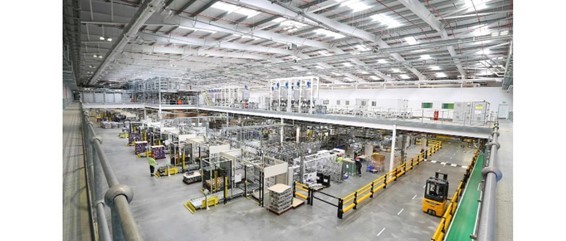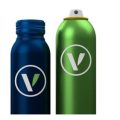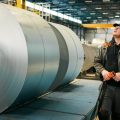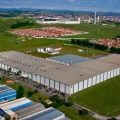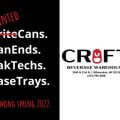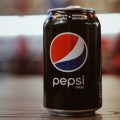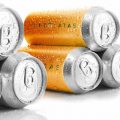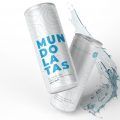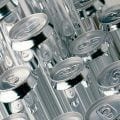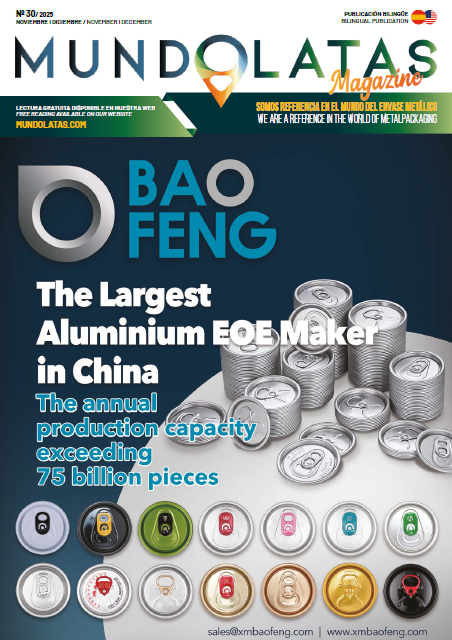Multinational AkzoNobel has announced new investment plans aimed at expanding in-house resin manufacturing as part of the company’s Grow & Deliver strategy. In particular, the expansion program, which is already underway, will help build resilience to supply disruptions while making an important contribution to achieving the company’s Scope 3 (upstream) carbon reduction and financial ambitions.
Michael Friede, AkzoNobel’s commercial director for Performance Coatings points out that “all of our businesses use resins and, although we produce a good proportion of what we need, basic and other specialty resins must be sourced from third parties” to which he adds that “investing more in our own resin capabilities will help us ensure sustainable business growth, as well as supporting our innovation pipeline and sustainability goals.”
In this sense, resins are a key ingredient for making coatings. They are also used as a binder to hold the pigment particles together and provide adhesion to the coated surface. Plans include investing in sites, equipment and the people needed to operate them optimally. They were developed after an internal resins team was tasked with investigating opportunities to unlock more value and make the company more self-sufficient. The investment is expected to contribute around €15 to €20 million in EBITDA by 2023.
Friede adds, “It quickly became clear that investing in our own resin capacity was the way forward. It will enable us to secure the raw material supply to optimally support our growth and delivery ambitions and, at the same time, we will look to generate additional value by leveraging and optimizing the volumes we do not bring in-house with our network of external partners.”
The company expects demand for resins to increase. “In the meantime, our resin manufacturing sites have additional production capacity available. Therefore, the decision to increase our investment in resin production with favorable economics is aimed at adding significant value for our customers and our company,” Friede concludes.

